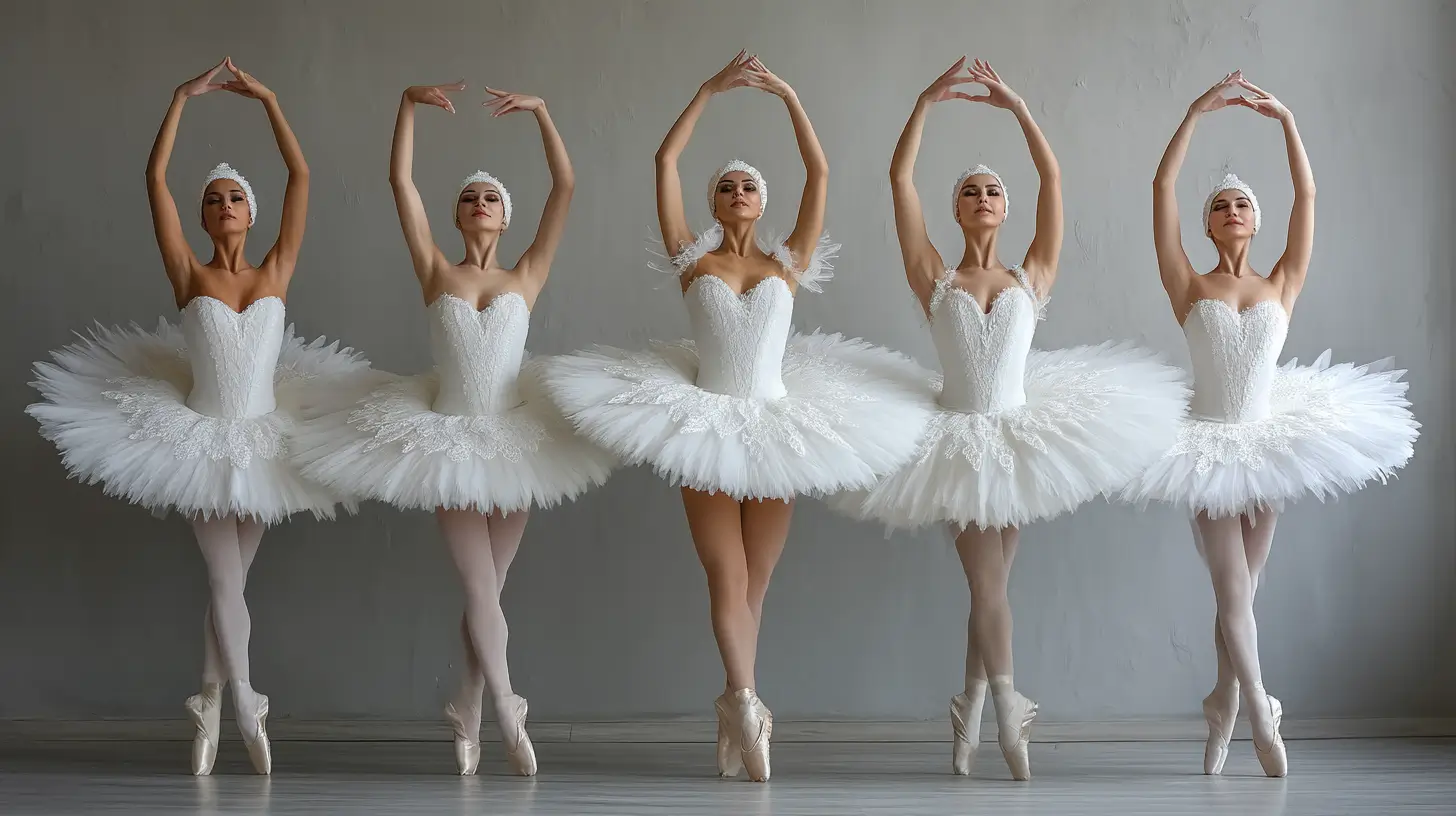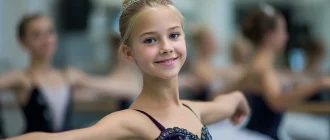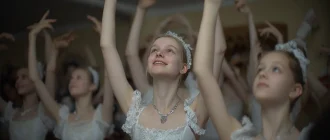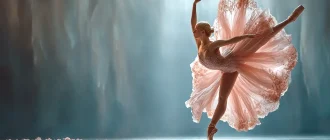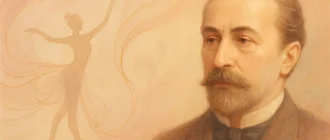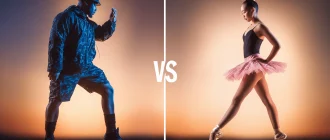Which ballet is the hardest? Ballet enthusiasts, teachers, and dancers often point to a few renowned performances that push dancers to their limits. In this article, we’ll uncover why certain ballets are considered the most challenging and what sets them apart in the demanding world of classical dance.
Graceful Insights
- The hardest ballet to master is considered to be Swan Lake due to its emotional depth and technical demands, especially in the dual role of Odette and Odile.
- Other challenging ballets include “Sleeping Beauty” and “Don Quixote”, with their demanding choreography that requires exceptional technical skills and physical endurance.
- Complex choreography, physical demands, and the necessity for emotional expression are key factors contributing to the difficulty of mastering certain ballets.
Art de Podcast
The Most Challenging Ballets in History
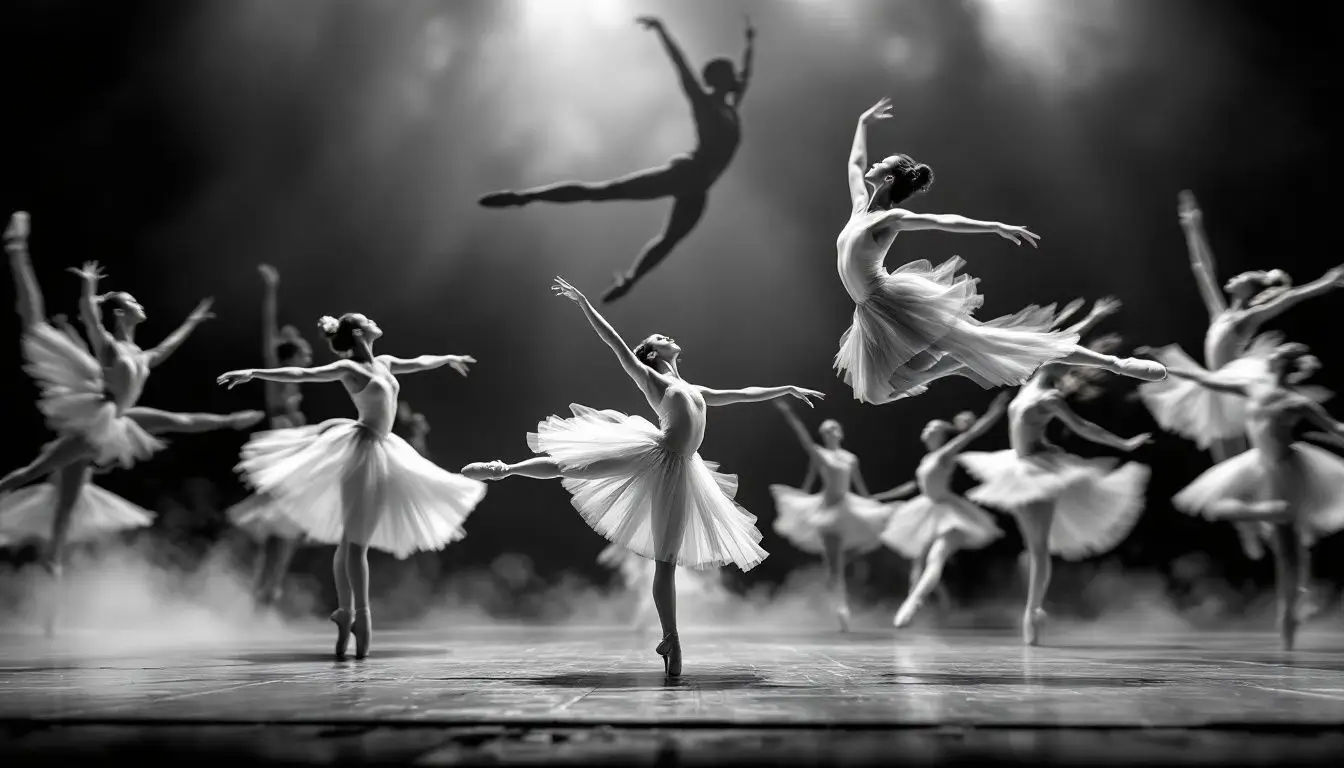
Ballet has a rich history of pushing the boundaries of human physicality and artistic expression. Among the many ballets that stand out, three are renowned for their complexity and the sheer effort they demand from ballet dancers: “Swan Lake,” “Sleeping Beauty,” and “Don Quixote.” Each of these ballets is a masterpiece in classical ballet, celebrated not only for their beauty and music but also for the advanced ballet moves and intricate choreography they entail on stage.
Swan Lake, a cornerstone of classical ballet, is particularly known for its emotional depth and technical demands. The ballet routine for “Swan Lake” is one of the most challenging ballet moves to master, requiring dancers to blend lyrical and sharp movements while conveying profound emotions with ease.
“Sleeping Beauty” and “Don Quixote” also present incredibly difficult challenges. Properly distributing weight across the entire foot is crucial while performing these advanced and difficult ballet moves. “Sleeping Beauty” is noted for its demanding choreography and the physical endurance required for the role of Princess Aurora. “Don Quixote,” with its fast-paced movements and complex pas de deux, tests a dancer’s agility and stamina, making it a significant challenge in ballet.
Swan Lake
Every dancer aspires to perform Swan Lake, a ballet, yet it is also one of the most challenging. The dual role of Odette/Odile demands dancers to master both lyrical, flowing movements and sharp, aggressive transitions, showcasing their versatility and technical prowess. Moreover, the role requires dancers to convey deep emotional expression, adding a layer of complexity to their performance.
These technical and emotional demands make Swan Lake a difficult ballet to master and a benchmark of excellence in the art form.
Sleeping Beauty
Sleeping Beauty exemplifies the demanding nature of classical ballet. The role of Princess Aurora is challenging, demanding exceptional technical skill and physical endurance. The grand pas de deux and the Rose Adagio are among the most advanced ballet moves, requiring precision, balance, and grace.
This ballet underscores the rigorous training and dedication required to perform at the highest level.
Don Quixote
Don Quixote is celebrated for its vibrant choreography and dynamic characters. The role of Kitri requires dancers to execute fast-paced, intricate movements with precision and flair.
Dancing en pointe is crucial for this role, as it requires complex footwork and demanding turns. The stamina and technical skill needed to dance the Kitri movement make Don Quixote one of the most challenging ballets.
Technically Demanding Roles in Ballet
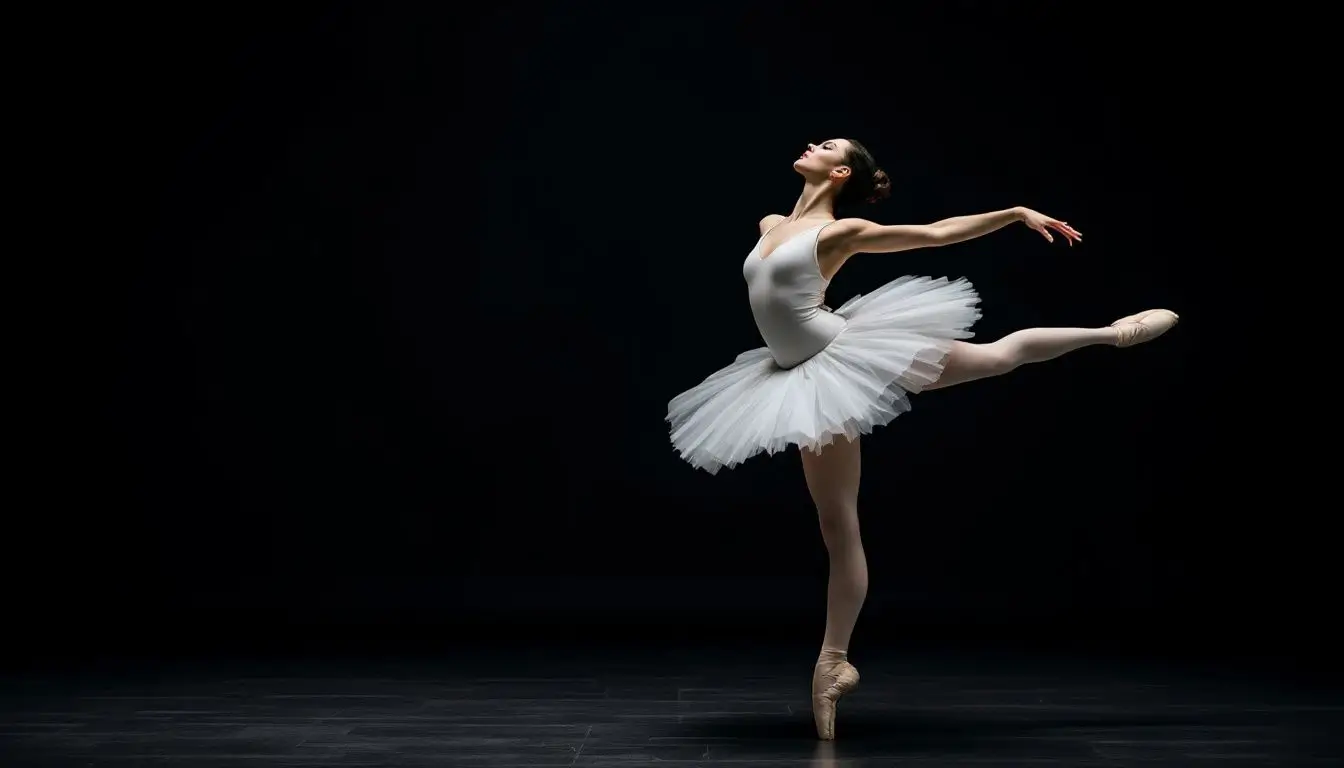
Certain roles in ballet are renowned for their technical difficulty, often serving as milestones in a dancer’s career. These roles not only require advanced ballet moves but also demand exceptional emotional expression and physical endurance. Among the most technically demanding roles are Odette/Odile in “Swan Lake,” The Sugar Plum Fairy in “The Nutcracker,” and Kitri in “Don Quixote.” Each role presents unique challenges, testing a dancer’s abilities and highlighting their artistry.
Odette/Odile in Swan Lake requires dancers to alternate between Odette’s lyrical movements and Odile’s assertive transitions and jumps. This duality demands both technical precision and emotional range, making it one of the most challenging roles in ballet.
The Sugar Plum Fairy in The Nutcracker demands high technical precision and ethereal grace, hallmarks of classical ballet. Performing as the Sugar Plum Fairy on stage involves intricate footwork and delicate arm movements, embodying the character’s whimsical nature.
Kitri in Don Quixote demands physical endurance and advanced technical skills. The role’s fiery personality and dynamic choreography challenge dancers to demonstrate bongth and grace. These roles exemplify the high standards and rigorous demands of classical ballet.
Odette/Odile in Swan Lake
The role of Odette/Odile in Swan Lake is one of the most iconic and challenging parts in the ballet world. It requires dancers to embody two contrasting characters: the gentle and tragic Odette nd the cunning and seductive Odile. Mastering the fluidity of Odette’s movements and the precision of Odile showcases a dancer’s versatility and technical prowess.
This dual role tests a ballerina’s skill and emotional depth.
The Sugar Plum Fairy in The Nutcracker
The Sugar Plum Fairy is a role that many ballerinas aspire to, yet it is one of the most technically demanding. This role demands meticulous footwork and the ability to convey grace and delicacy while maintaining strong control. The intricate steps and sequences and the ethereal quality required to portray the character make the Sugar Plum Fairy a cornerstone of many ballerinas’ repertoires.
This role is particularly prominent during the holiday season, adding to its significance and challenge.
Kitri in Don Quixote
Kitri in Don Quixote is renowned for her fiery personality and dynamic movements. This role demands exceptional stamina as dancers must perform fast-paced choreography with high energy throughout the performance. Kitri’s character showcases technical skills through intricate footwork and incredibly difficult turns, making it a formidable challenge.
The combination of physical endurance and technical skill required for Kitri establishes it as one of the most demanding roles in ballet.
Advanced Ballet Moves That Define Difficulty
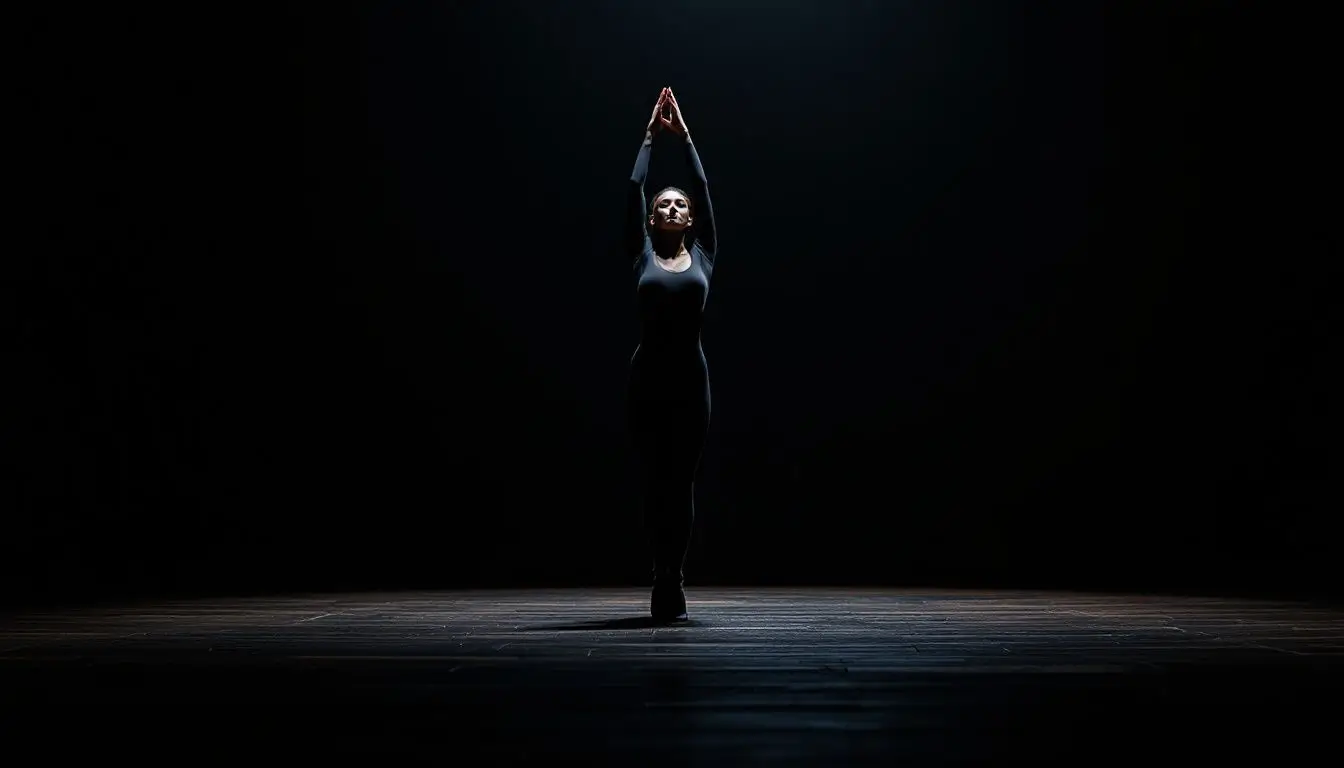
Advanced ballet moves are the cornerstone of challenging performances. These difficult moves require years of practice, exceptional strength, flexibility, and control. The most advanced ballet moves include the Fouette, Grand Jete, and dancing en pointe. These difficult dance moves are a testament to a dancer’s dedication and technical prowess.
The Fouette, often seen in “Swan Lake,” jumps and demands precise rotation and balance. The Grand Jete showcases flexibility and strength, requiring a full split in the air.
Dancing en pointe involves supporting body weight on the toes and the tips of the toes, a skill that takes years to master. These moves define the demi pointe ballet’s difficulty and highlight dancers’ extraordinary abilities.
Fouette
A Fouette is one of the most advanced ballet moves, known for its technical complexity and visual impact. This whip throw dance move requires dancers to move their bodies while spinning to maintain rotation and balance, even when dealing with friction. Dancers must manage their bodies while spinning to maintain balance and momentum.
In “Swan Lake,” the Black Swan’s 32 fouettés highlight the dancer’s tremendous skill and endurance. The precision and control required make the Fouette one of ballet’s most difficult moves.
Grand Jete
The Grand Jete epitomizes the athleticism and grace of ballet dancers. Significant flexibility is required to achieve a high leap, especially in the hips and legs. Core and leg strength are essential for propelling the body and maintaining form during the jump.
The Grand Jete challenges lower body strength to withstand landing impact, showcasing technique and athleticism.
En Pointe
Dancing in pointe shoes is an iconic yet challenging aspect of ballet. It involves balancing body weight on the tips of your toes, a feat that requires years of training and dedication. Even in pointe shoes, movements that look effortless are demanding and require significant conditioning to build strength in the feet and ankles.
Performing en pointe tests a dancer’s skill and resilience due to the demanding technique and endurance required.
The Role of Corps de Ballet in Difficult Performances
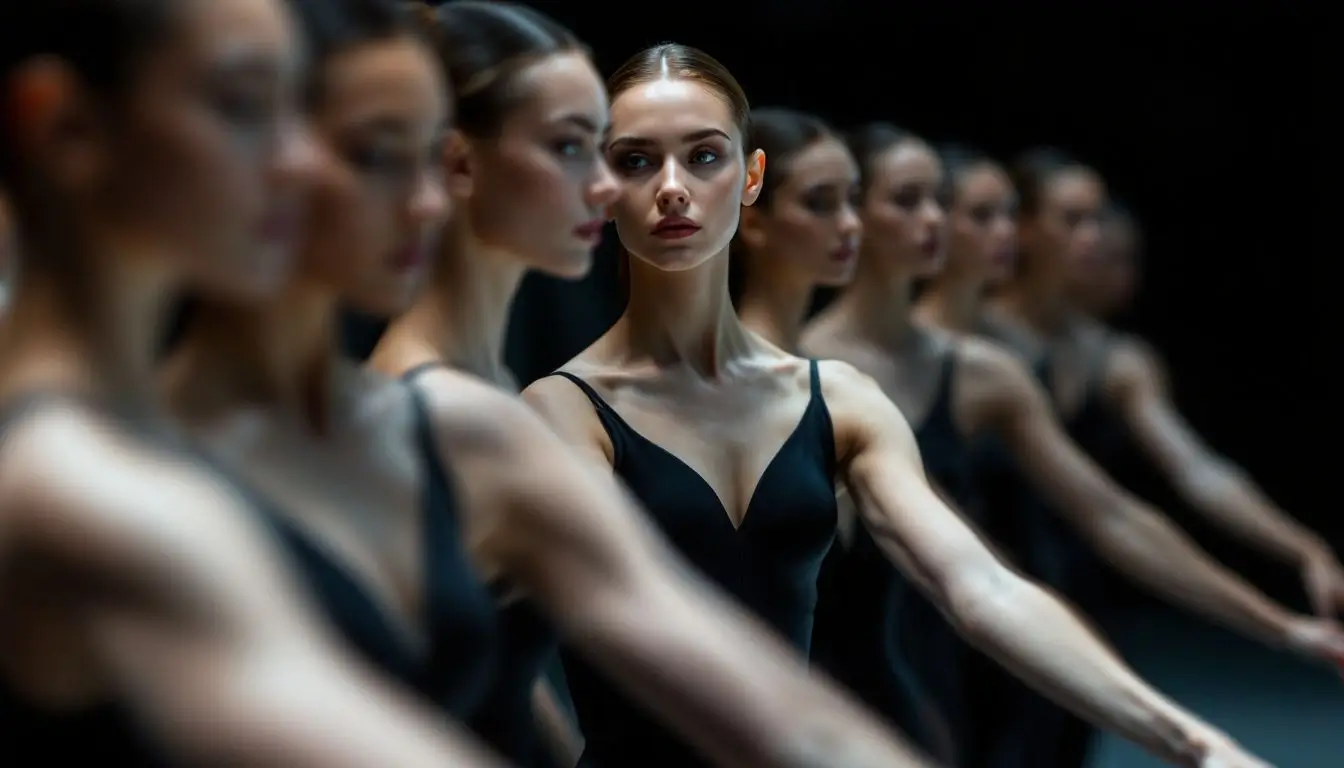
The corps de ballet is the backbone of any performance, providing the essential foundation for the entire production. Their role ensures synchronization and precision, supports principal dancers, and maintains stamina throughout the performance. Without the corps de ballet, the grandeur and cohesion of a routine would be significantly diminished.
Synchronization and precision are paramount for a flawless performance. Their perfect harmony enhances the visual impact and supports the ballet’s narrative.
Supporting principal dancers is a critical function of the corps de ballet. The corps enriches the performance by creating a cohesive background and drawing attention to the lead dancers, allowing the principal dancers to shine.
Synchronization and Precision
Synchronization and precision are essential for the corps de ballet, as their movements must be perfectly timed and executed for a seamless performance. This uniformity elevates the production, adding depth and dimensionality to the ballet.
Their impeccable timing complements the music of the soloists’ movements, ensuring a harmonious performance.
Supporting Principal Dancers
The corps de ballet supports principal dancers by providing a rich visual backdrop that enhances the lead performers’ presence. This support lets principal dancers focus on their delivery, knowing the corps will maintain visual cohesion.
The dynamic between the corps and the principal dancer is essential for a compelling ballet.
Maintaining Stamina
Stamina is crucial for the corps de ballet, as they often perform for extended periods without rest. This requires physical endurance and mental resilience to remain focused and energetic throughout the performance. Proper conditioning, nutrition, and mental preparation are essential to sustaining performance quality and precision.
Pushing through fatigue and maintaining energy levels testifies to the corps de ballet’s hard work and dedication.
Training and Preparation for Difficult Ballets
Mastering the most difficult dance moves in ballet requires rigorous training and relentless dedication. Ballet dancers undergo intensive training to build the physical and mental skills necessary for advanced dance moves. Training components include daily practice, strength and conditioning, and mental preparation.
Daily practice builds muscle memory, refines techniques, and enhances stamina and adaptability to complex choreography. Strength and conditioning exercises target the core, legs, and arms, providing the foundation for demanding ballet moves.
Mental preparation is equally important, helping dancers maintain focus and composure during performances.
Daily Practice
Daily practice is the cornerstone of a ballet dancer’s training. Through repetition, dancers internalize movements, which helps them achieve precision and fluidity. Consistent practice builds muscle memory and enhances technical skills, allowing dancers to perform complex choreography with confidence.
Over time, daily practice improves performance quality and artistry, proving the grand adage that practice makes perfect.
Strength and Conditioning
Strength and conditioning are integral to a dancer’s training. These exercises develop the muscles used for demanding ballet moves, including the core, legs, and arms. Strength training helps dancers execute movements with ease and maintain control.
Physical strength and technical skills are essential for delivering a compelling ballet performance.
Mental Preparation
Mental preparation is a critical aspect of training. High-intensity interval training mimics the structure of ballet, demanding bursts of energy and complex movements to enhance stamina.
Cultivating mental fortitude helps dancers maintain focus and calmness during demanding sequences. A strong mental state helps dancers stay calm and perform well during the most challenging parts, underscoring the importance of mental resilience.
Why Some Ballets Are Considered Harder Than Others
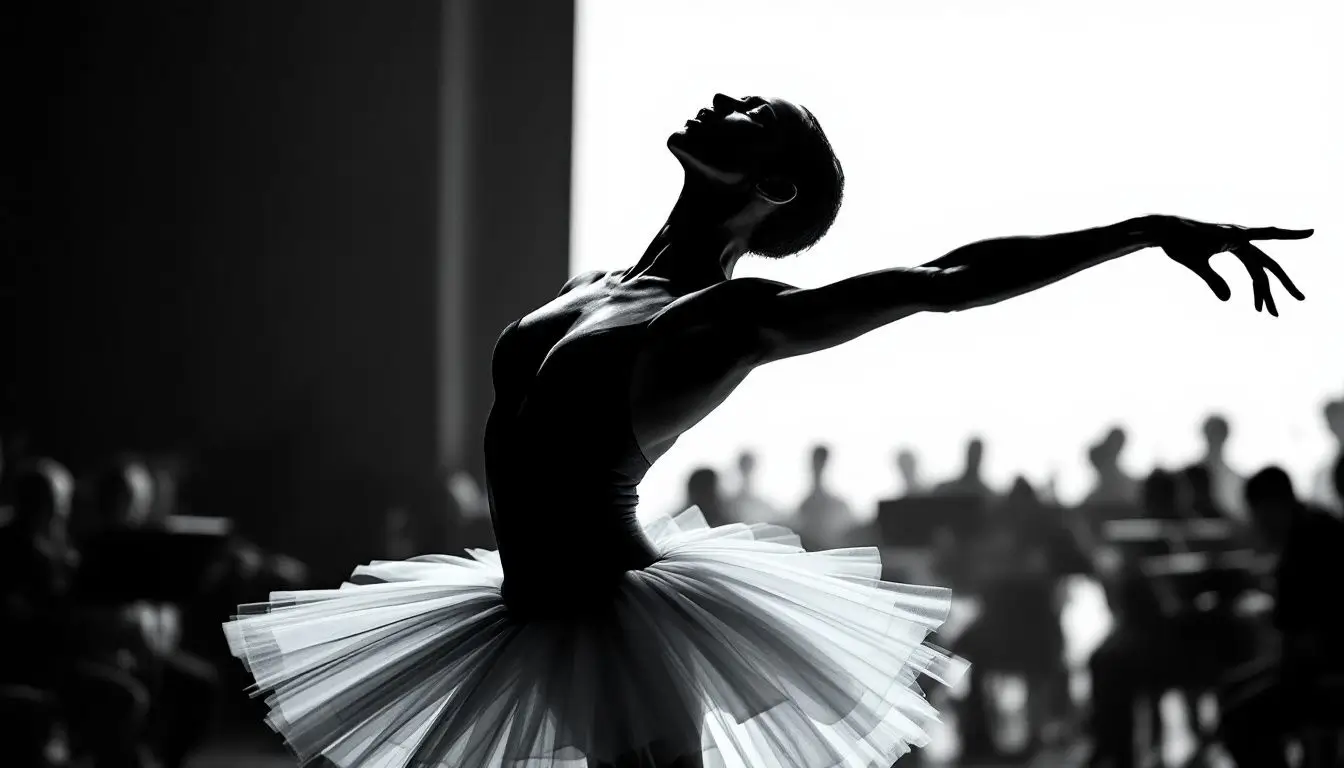
A ballet’s difficulty is determined by:
- Choreography complexity, requiring years of training to master advanced moves
- Physical demands, pushing dancers to their limits with rigorous movements
- Emotional expression, requiring dancers to convey emotions while executing challenging movements
Choreography complexity plays a significant role in a ballet’s difficulty. Intricate choreography requires physical skill, artistry, and mental focus, making ballet a challenging form of dance. Physical demands contribute to a ballet’s difficulty, requiring dancers to engage in strength and conditioning exercises to build power and resilience.
Emotional expression is crucial, as it requires dancers to convey emotions while maintaining technical precision and skill.
Choreography Complexity
The complexity of choreography is a defining factor in the difficulty of a ballet. Ballet is often regarded as one of the most complex forms of physical expression, requiring high skill and artistry. Intricate choreography in ballet dance involves numerous advanced ballet moves and rapid changes in movement, significantly increasing the difficulty of the performance.
This complexity demands physical skill, mental focus, and creativity, making ballet one of the hardest art forms.
Physical Demands
Physical demands are another key factor making some ballets more challenging. Performing in demanding ballet styles requires significant physical endurance to maintain performance quality throughout the routine. Dancers must use specific strength and conditioning exercises to build the necessary power and resilience for these challenging roles.
Daily practice and repetition of classes are crucial for refining skills and preparing adequately for demanding ballet classes and performances.
Emotional Expression
Emotional expression adds a layer of complexity to ballet performances. Successfully conveying deep emotions while executing technically challenging movements is a significant challenge for dancers. This requires a dancer to combine physical precision with the ability to express profound emotions through movement, adding to the overall difficulty of the performance.
The ability to convey emotions effectively while maintaining technical accuracy is a hallmark of a truly skilled ballet dancer.
Resume
In conclusion, mastering ballet is a journey that demands extraordinary dedication, skill, and resilience. The most challenging ballets, such as “Swan Lake,” “Sleeping Beauty,” and “Don Quixote,” showcase the pinnacle of technical and emotional expression in classical ballet. Roles like Odette/Odile, The Sugar Plum Fairy, and Kitri test the limits of a dancer’s abilities, while advanced ballet moves like the Fouette, Grand jeté, and en pointe highlight their technical prowess.
The corps de ballet is crucial in enhancing performances through synchronization, support, and stamina. Intensive training, including daily practice, strength and conditioning, and mental preparation, is essential for mastering difficult moves and ballets. Ultimately, the complexity of choreography, physical demands, and emotional expression make some ballets harder than others. Ballet remains one of the most challenging and beautiful art forms, a testament to the dedication and artistry of its dancers.
| Ballet | Composer | Choreographer | Year of Premiere | Technical Challenges | Reasons for Difficulty |
|---|---|---|---|---|---|
| The Sleeping Beauty | Pyotr I. Tchaikovsky | Marius Petipa | 1890 | The Rose Adagio’s long balances on pointe, precise footwork, and complex variations for Aurora and fairies | Combination of technical precision, stamina, and stylistic purity; Aurora’s role demands flawless technique and regal artistry |
| Swan Lake | Pyotr I. Tchaikovsky | Julius Reisinger (1877), later revisions by Petipa & Ivanov | 1877 (first version) | Dual role of Odette/Odile (lyrical vs. virtuosic); multiple fouettés in the Black Swan solo; sustained control in slow adagio | Tremendous emotional range (vulnerability vs. cunning); technical and artistic challenge of portraying two contrasting characters |
| Giselle | Adolphe Adam | Jean Coralli & Jules Perrot | 1841 | Demanding Act I solo work with fast footwork; ethereal, weightless quality in Act II; sustained balances and delicate bourrées. | Requires dramatic acting (from an innocent girl to a heartbroken spirit) and refined Romantic technique; extended pointe work with a soft, floating aesthetic is physically demanding. |
| Don Quixote | Ludwig Minkus | Marius Petipa | 1869 | Fast-paced variations, sharp footwork, and high-energy leaps; famous 32+ fouettés in Kitri’s solo | Requires exuberant character portrayal, virtuosity, and showmanship; complex partnering sections demand coordination and dynamic stage presence |
| La Bayadère | Ludwig Minkus | Marius Petipa | 1877 | “Kingdom of the Shades” requires perfect unison in the corps de ballet, principal variations with intricate pointe work, and sustained adagio. | Strict synchronization in the corps sequence must convey tragic drama while executing technically rigorous solos. |
| Raymonda | Alexander Glazunov | Marius Petipa | 1898 | Highly stylized steps with Hungarian influences; complex grand pas variations; demanding épaulement and rhythmic precision | Nuanced choreography with layered musicality requires precise coordination of arms, head, and legs in intricate patterns |
| Le Corsaire | Adolphe Adam (and others) | Joseph Mazilier (original), later versions by Petipa and others | 1856 (original) | High-flying leaps and multiple turns (Ali’s variation); rapid shifts in pace and character style | Showcases bravura technique for both male and female dancers; repeated jumps, spins, and lifts demand top-level strength and control |
| Paquita (Grand Pas) | Édouard Deldevez, Ludwig Minkus | Joseph Mazilier (original), later revised by Marius Petipa | 1846 (original) | Multiple variations in quick succession; numerous petit allegro steps, turns, and leaps; group coordination in ensemble passages | Often performed as a showpiece for classical purity and finesse, each variation highlights a distinct technical skill, requiring versatility and consistent precision. |
Frequently Asked Questions
What makes Swan Lake one of the most challenging ballets to master?
Swan Lake is one of the most challenging ballets to master because it requires dancers to navigate intricate choreography and embody the contrasting qualities of Odette and Odile, blending lyrical grace with precise, dynamic movements while conveying profound emotional depth.
Why is the role of Princess Aurora in Sleeping Beauty demanding?
The role of Princess Aurora in Sleeping Beauty is demanding due to the exceptional technical skill and physical endurance required for performances, particularly in intricate sections like the grand pas de deux and the Rose Adagio. This complexity makes the role a significant challenge for any dancer.
What are some of the most advanced ballet moves that define difficulty?
The Fouetté, Grand Jeté, and dancing en pointe are among the most advanced ballet moves, defining difficulty and requiring exceptional strength, flexibility, and control. Mastery of these techniques is essential for achieving high levels of proficiency in the most difficult ballet moves.
How does the corps de ballet contribute to difficult performances?
The corps de ballet significantly contributes to difficult performances by providing synchronization and precision, which helps support the principal dancers and maintain the performance’s overall energy. Their cohesive presence ensures a strong visual impact and enhances artistic expression.
What factors make some ballets harder than others?
The difficulty of a ballet primarily depends on the complexity of its choreography, the physical demands placed on the dancers, and the emotional depth required in performance. Therefore, ballets featuring intricate movements and intense emotional expressions by other dancers are typically more challenging.

